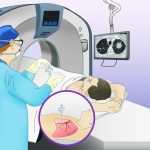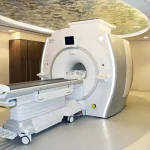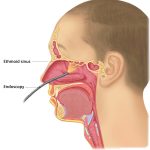The specialist eye doctor (ophthalmologist) will examine your eyes using a few different instruments. They look at the different structures of your eye to check for changes or abnormalities.
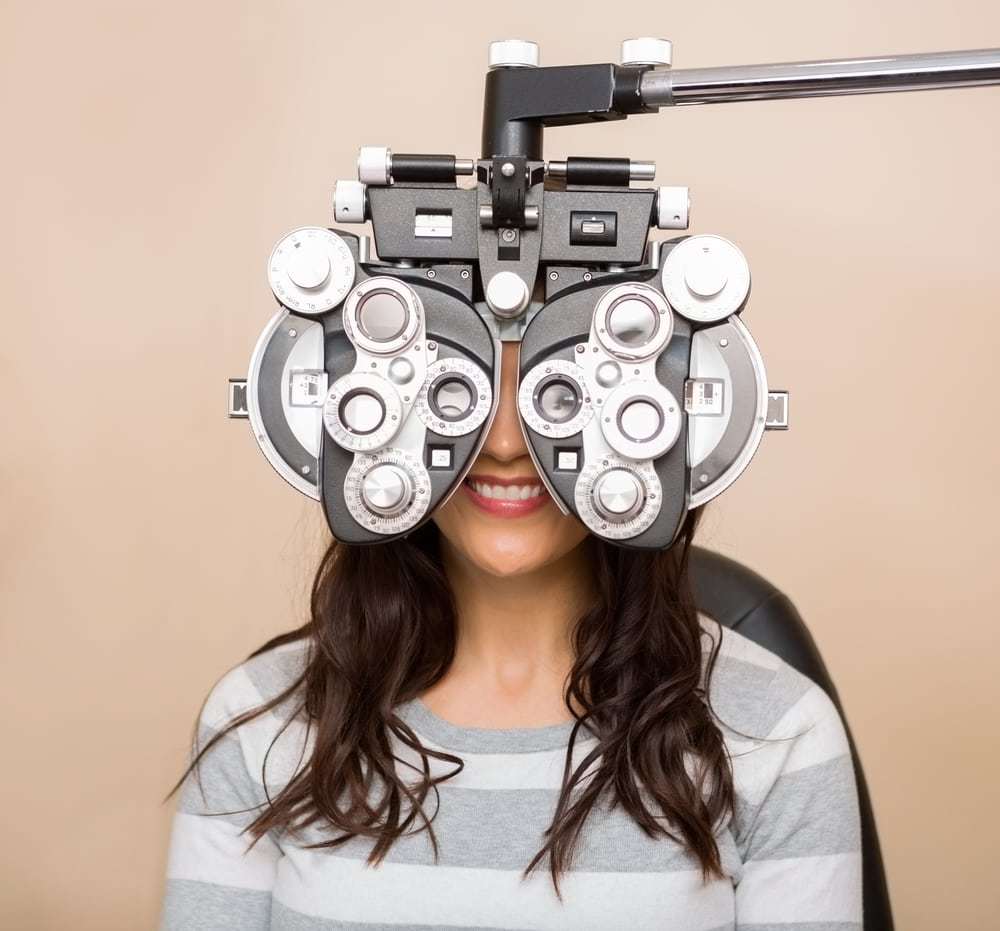
What happens before the eye examination?
You usually have drops into your eyes before the examination. These enlarge the pupils to make it easier for the eye specialist to look in your eyes. The eye drops might sting a bit when they first go in. They can cause blurred vision, and your eyesight may be blurry for a few hours, so you shouldn’t drive yourself home. It might be helpful to take a relative or friend to your appointment.
The eye examination
The eye specialist will examine your eyes with a few different instruments. They look at the different structures of your eye to check for changes or abnormalities.
Ophthalmoscope
Your eye specialist might examine your eyes using a hand held device called an ophthalmoscope. This shines a light into the back of your eye. It usually takes a few minutes.
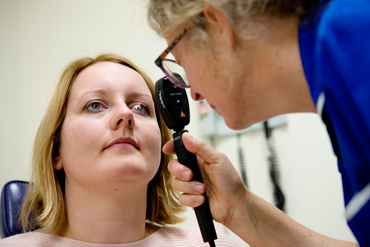
Eye examination using an ophthalmoscope
Slit lamp examination
You may also have your eyes examined with an instrument called a slit lamp. This is larger than the ophthalmoscope and sits on a table. This instrument has a bright light and powerful microscope so the doctor can look at the front and back of your eye in detail.
This test takes about 30 minutes. You usually have drops put into your eye to enlarge the pupils. You sit on a chair in front of the slit lamp and rest your chin and forehead on the instrument. This keeps your head steady during the test, so the doctor can have a clear view of the different parts inside your eyes. You often have photographs or digital images taken of your eyes. These are kept in your medical records.
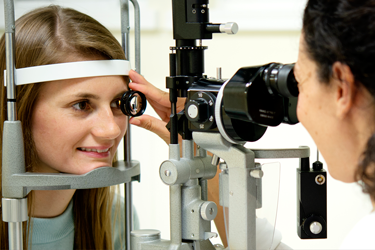
Things to remember
- you can have blurred vision for 4 to 6 hours after you have the eye drops
- avoid driving until your usual (normal) vision has returned
- your eyes can be sensitive to light for a short time afterwards – this is due to the bright light used to look into your eye
- if you normally wear contact lenses you may not be able to put your lenses back in straight away
- it may help to bring your glasses (spectacles), to use until you can put your lenses back in – this is usually around 30 minutes after this test
Getting your results
You may have to wait to get the results.
Waiting for results can make you anxious. Ask your doctor or nurse how long it will take to get them. Contact the doctor who arranged the test if you haven’t heard anything after a couple of weeks.
You might have contact details for a specialist nurse and you can contact them for information if you need to. It may help to talk to a close friend or relative about how you feel.

